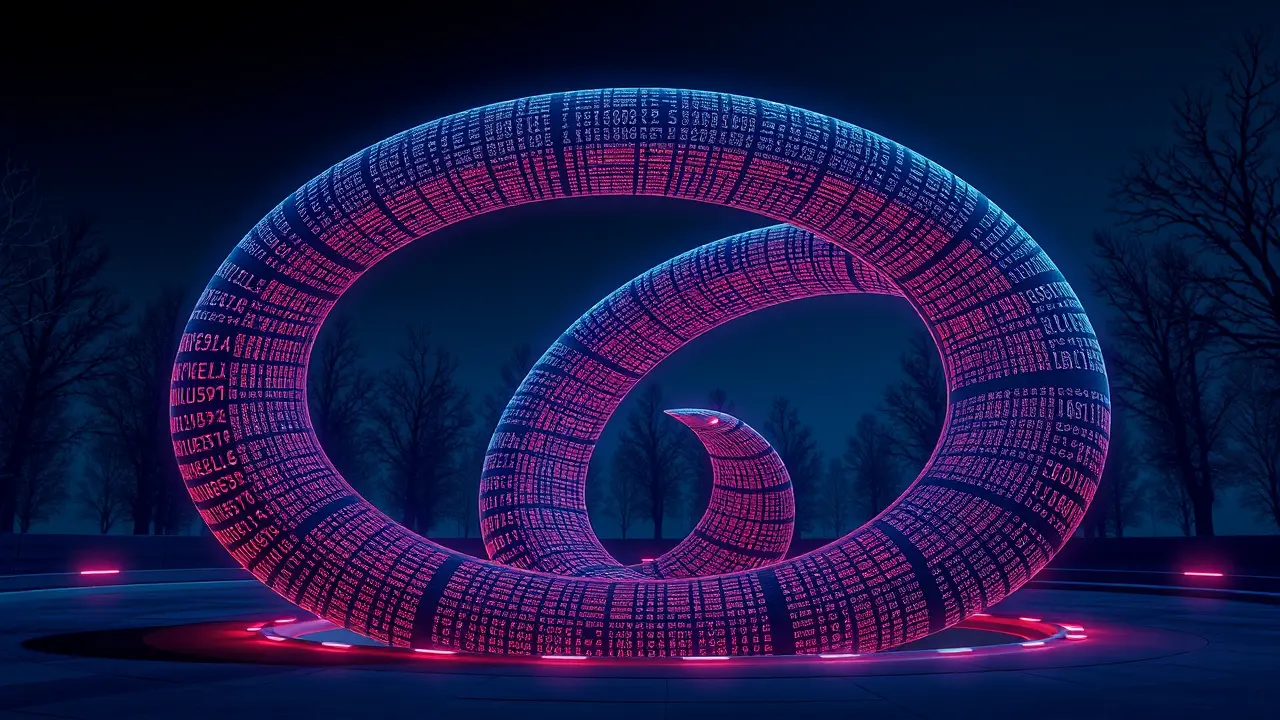
Entertainmenttheatre & artsArt Exhibitions
New Clue May Have Cracked CIA's Kryptos Sculpture Code
AN
Andrew Blake
20 hours ago7 min read
In a development that feels ripped from a Dan Brown novel, the decades-long quest to decipher the CIA's enigmatic 'Kryptos' sculpture has been jolted awake by a discovery as mundane as it was profound: a clue hidden in the Smithsonian Archives, brought to light only after the artist himself, Jim Sanborn, decided to auction off his original handwritten codes. For over three decades, this coiled copper sculpture, sitting in the courtyard of the CIA's headquarters in Langley, Virginia, has been a siren's call to the world's most brilliant cryptanalysts, a public puzzle on the grounds of one of the planet's most secretive institutions, its four encrypted sections only partially solved.The first three passages, cracked by a dedicated team of CIA analysts and a California computer scientist by 1999, revealed poetic and historical fragments, but the fourth and final 97-character section, known simply as K4, has remained stubbornly opaque, resisting the concerted efforts of the National Security Agency's top minds, amateur sleuths working in online forums, and even the artist's own occasional, cryptic hints. The newly unearthed archival material, reportedly notes and documents related to the sculpture's creation, doesn't provide the plaintext answer, but it offers a critical misdirection—a deliberate error in the original ciphertext that Sanborn had previously alluded to but never explicitly identified.This isn't just a missing piece; it's a correction to the very map that everyone has been using to search for the treasure, implying that countless previous attempts failed not for a lack of intellectual firepower, but because they were solving the wrong puzzle from the start. The context here is everything: Sanborn, now in his late seventies, has watched this intellectual drama unfold for a generation, and his decision to part with the physical artifacts of the code seems less a mere financial transaction and more a final, grand gesture to nudge humanity toward the solution before his time is up.The auction itself, handled by a prestigious firm, transforms these handwritten papers from private curiosities into historical documents, their value measured not just in dollars but in their potential to rewrite a small chapter of cryptographic history. What does it mean that one of the world's premier intelligence agencies, an organization built on the principle of knowing secrets others cannot, hosts an artwork whose final secret it cannot itself unravel? The Kryptos saga blurs the lines between art and espionage, between public engagement and institutional mystery, serving as a permanent, gleaming reminder that some codes are not just mathematical challenges but philosophical ones, designed to outlive their creators and challenge the very definitions of secrecy and revelation. With this new clue in hand, the global community of codebreakers is undoubtedly re-calibrating its efforts, re-running algorithms with the corrected data, and the tantalizing possibility now exists that the final message—whether it's coordinates, a phrase, or another literary quote—will be revealed not in a classified briefing room, but in the open, collaborative spirit the sculpture has always inspired.
#Kryptos sculpture
#CIA
#code
#cipher
#artist
#archives
#featured
Stay Informed. Act Smarter.
Get weekly highlights, major headlines, and expert insights — then put your knowledge to work in our live prediction markets.
© 2025 Outpoll Service LTD. All rights reserved.